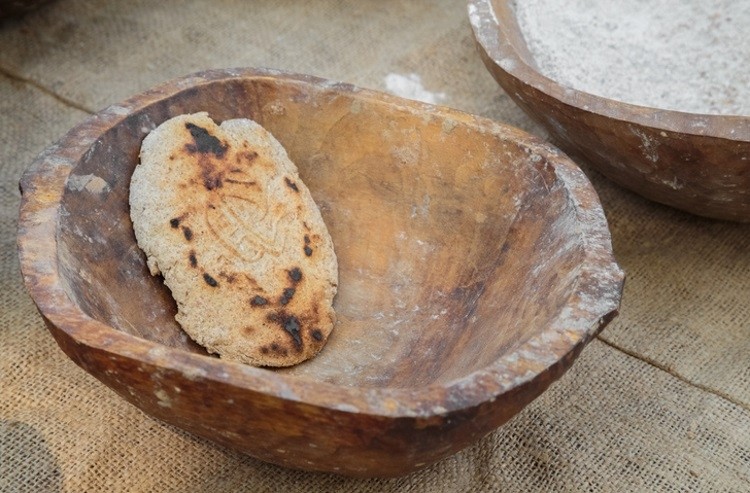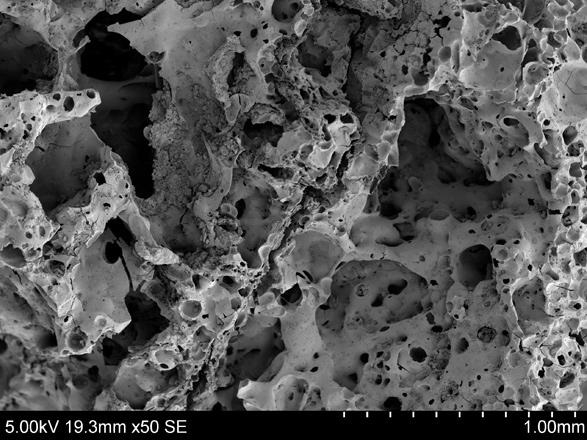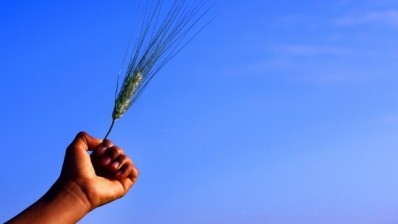Ancient food find shows consumption of bread-like products predate emergence of agriculture

Bread is one of the most important foodstuffs consumed in the modern world, however, its origins remain largely unknown.
Essentially, its long been associated with the emergence of agriculture and cereal domestication during the Neolithic period – the later part of the Stone Age – in southwest Asia.
The findings of 24 charred remains at an archaeological site has turned this on its head, showing the preparation and consumption of bread-like products could predate the emergence of agriculture by at least 4,000 years.
Shubayqa 1 is a Natufian hunter-gatherer site in the Black Desert that dates to about 14,000 years ago.
Special occasions
The researchers said cereal exploitation was not common back then the Natufian people focused on using club-rush – a plant from the papyrus family – which they roasted and ground into flour.
However, analyses on the remnants also indicates the use of wild ancestors of domesticated cereals, such as wild einkorn.
The reasons behind the production of bread-like products by the inhabitants of Shubayqa 1 are difficult to assess, but could be linked to nutritional, practical or symbolic motivations, such as feasting.
Bread involves a complex production process, from dehusking and grinding of the cereals to reduce indigestible components, improve starch accessibility and protein digestion, and produce a particular taste, as well as kneading and baking.
The scientists suggest the initial production of cereal-based foodstuffs, such as bread (and possibly also beer), could have been related to feasting behavior, where value-added luxury foods were made to impress invited guests and secure prestige for the host.
However, its production could also be interpreted as a means of stocking up a nutritional and easily transportable foodstuff that could be dried and stored for several months.
The importance of baking
“Our finds show the inhabitants exploited wild cereals, but also consumed root foods, plant resources whose economic value has largely been ignored due to their low archaeological visibility,” wrote the authors.
“Baking represents an important step forward in human subsistence and nutrition, and we here demonstrate that Natufian hunter-gatherers already practiced it.”
Study:
Archaeobotanical evidence reveals the origins of bread 14,400 years ago in northeastern Jordan
Authors: Amaia Arranz-Otaegui, Lara Gonzalez Carretero, et al
PNAS July 31, 2018 115 (31) 7925-7930
doi.org/10.1073/pnas.1801071115







